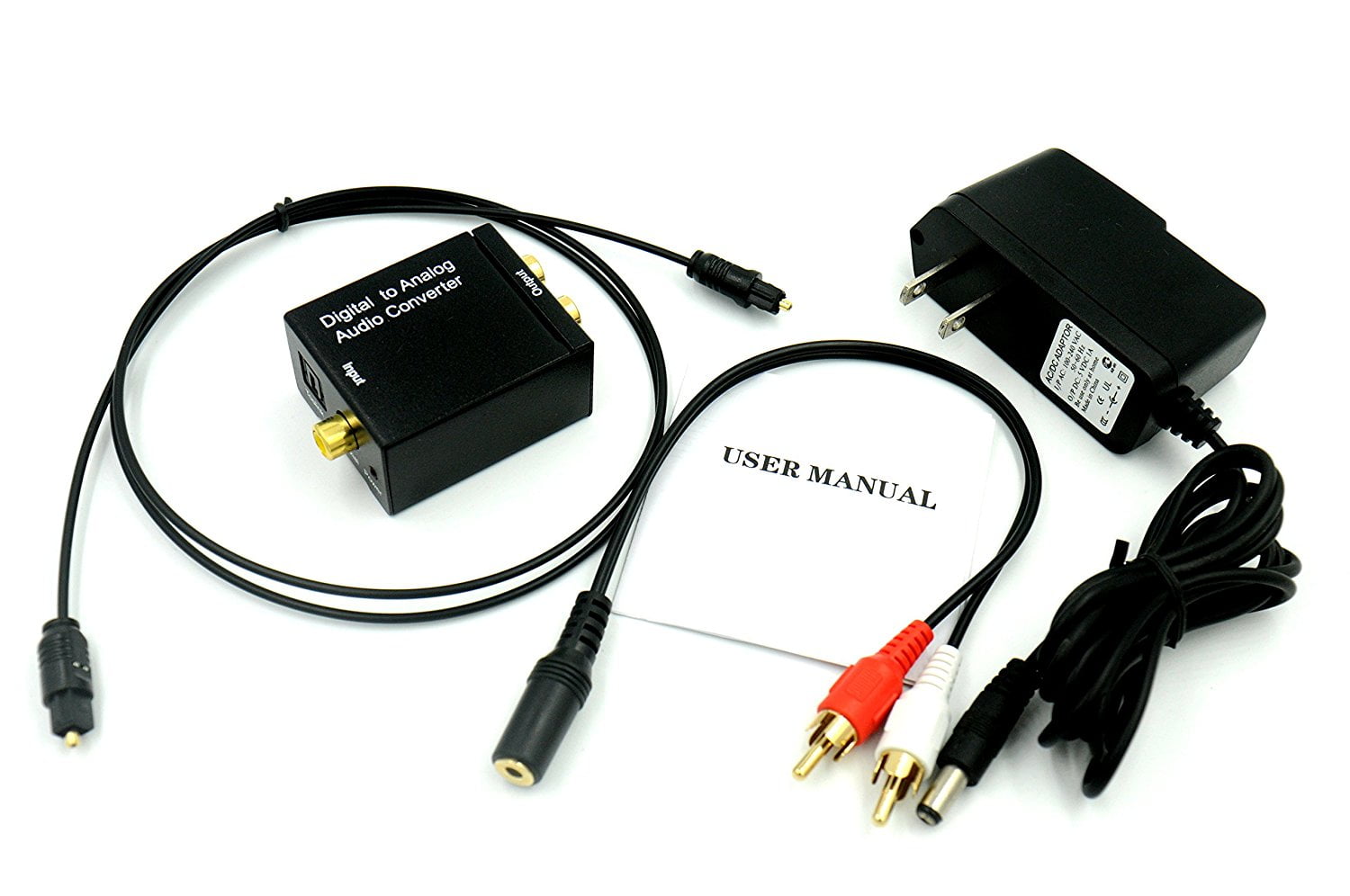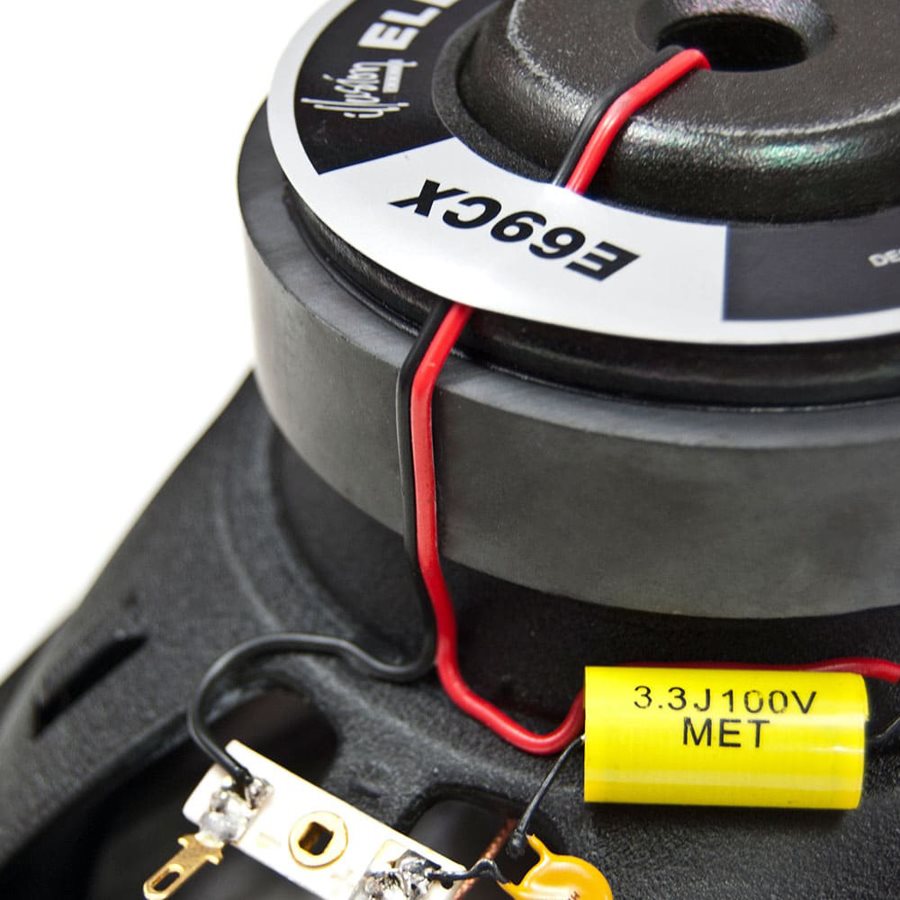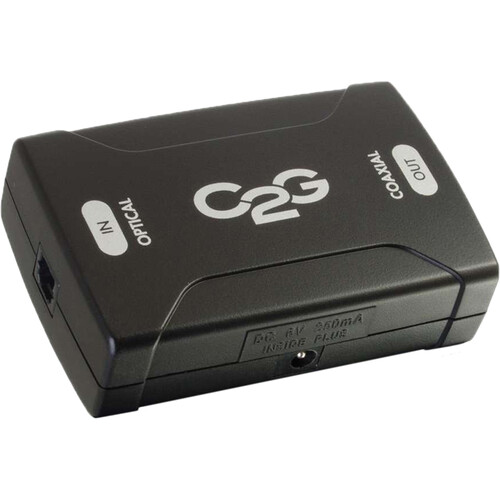


If your outdoor antenna falls victim to a voltage surge, without a surge arrester, the overvoltage will flow through the coaxial cables, signal repeater, indoor antennas, and possibly even your building's electrical system till the energy is grounded or dies out. Even without lightning, with enough static, the energy will eventually discharge. While metal alone won't attract lightning, it can collect electrical static, and as it builds, it can create a path for direct and indirect lightning strikes to follow. The inside of the antenna and supporting brackets consist of metal components - who are great conductors of electricity. Most signal booster kits include outdoor antennas, which are typically installed in high exposed areas, such as the roof of a house or commercial building.
.jpg)
Why are Lightning Surge Protectors Important Accessories? They will help displace the excess energy and safely ground it to protect your investment in the event an outdoor antenna is affected by indirect lighting or static build-up. This is where a lighting surge protector comes in handy. While there are different ways for surges to originate, signal amplifiers are vulnerable to lightning and static related surges. They can cause fires and destroy, damage, or degrade electronic equipment. Surges, or transients, are brief voltage spikes that can reach tens of thousands of volts. In short, a lightning surge protector, also known as a surge arrester or surge suppressor, is a small device designed to protect your cell phone repeater and any connected components from surges caused by nearby lightning strikes and static charge build-up. Not only that, but they also help protect people, property, and electrical equipment.

#AUDIO OVERLOAD ON RECEIVE COAX ANDROID#
Similar to how cell phone cases and screen protectors are designed to protect your Apple or Android device, some signal booster accessories are designed to protect and ensure the longevity of your signal booster system. Protect Your Investment with a Lightning Surge Protector The following cables are commonly used in signal booster installations, but can also be used with TVs, WiFi equipment, and other radio frequency (RF) applications.įor more information on plenum cables, visit ourįor more information on coaxial cables, visit our Types of Coaxial Cable for Signal Booster Installations To retain as much signal and avoid unnecessary signal loss, use the shortest length of cable possible. If you opt for a longer cable, depending on your outside signal strength, coverage can either be reduced or non-existent because of the long run. For example, if you need 30 ft of cable to connect your outside antenna to your amplifier, use exactly that amount or something very close to it. While high-grade cable has lower loss than low-grade cable, it still degrades the farther it travels. The second part of the equation is cable length. Even though the antenna is receiving a weak signal, with lower loss cable, the amplifier will receive a stronger signal and provide better results. On the other hand, if you have weak outside signal, investing in the highest quality cable you can afford will help get the most coverage out of a booster. If you have good outside signal, you don't necessarily need the highest-grade cable, unless your installation calls for long cable runs, or you simply want to squeeze every drop of boosted signal out of your unit. Coaxial cables with lower loss tend to be thicker, less flexible (making them difficult to install), and more expansive. While ideal, it may not be the best idea in every situation. With that in mind, you're probably thinking that you need the cable with the lowest possible loss. These cables are built to better insulate the signal, ensuring a stronger signal reaches the amplifier and indoor antennas. To get superior results, use high-quality, low-loss cable. This is where cable quality and length come into play. When cell signal enters the cable, it slowly degrades as it moves down the cable, and depending on the type of cable, signal loss can be minor or substantial. The same concept applies when signal travels through coaxial cables. This is why cell service is weak in areas located miles away from cell towers. One thing to understand about cellular signal is that the farther it travels the weaker it becomes. In most cases, the cables included with the signal booster are enough, but if you want a higher-grade cable to get the most out of your system, or just need additional cable for your unique floor plan, it's important to understand coaxial cables and the options available. The quality and length of the cables can impact signal strength and coverage. Maximize Signal Output with Quality Coaxial CablesĪ booster's coaxial cables are like the veins of the system - they carry the signal from the outside antennas to the inside antennas.


 0 kommentar(er)
0 kommentar(er)
